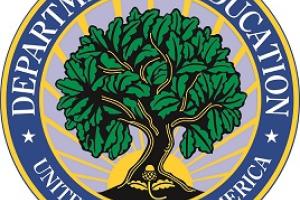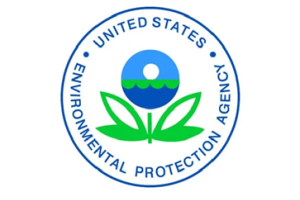
School-Specific Resources for Reducing Lead in Drinking Water
/resource/school-specific-resources-reducing-lead-drinking-water
U.S. Environmental Protection Agency
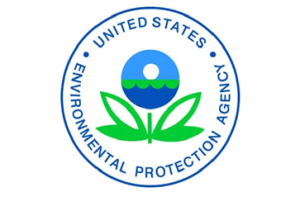
Protecting Children from Lead Exposures
/resource/protecting-children-lead-exposures
U.S. Environmental Protection Agency

New York Climate Change Science Clearinghouse
/resource/new-york-climate-change-science-clearinghouse
New York Climate Change Science Clearinghouse

The Teacher-Friendly Guide to Climate Change
/resource/teacher-friendly-guide-climate-change
Paleontological Research Institution
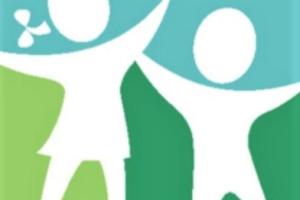
Reproductive and Children`s Environmental Health Expertise
/resource/reproductive-and-childrens-environmental-health-expertise
Pediatric Environmental Health Specialty Units
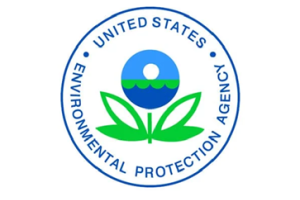
Children`s Environmental Health
/resource/childrens-environmental-health
U.S. Environmental Protection Agency
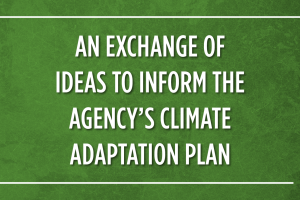
Recording from School Infrastructure and Federal Programs Listening Session
/resource/recording-school-infrastructure-and-federal-programs-listening-session
U.S. Department of Education
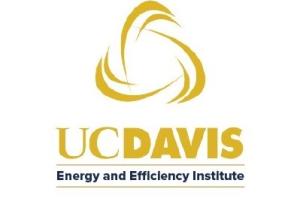
Ventilation Verification and Optimization in Educational Facilities
/resource/ventilation-verification-and-optimization-educational-facilities
UC Davis Energy and Efficiency Institute
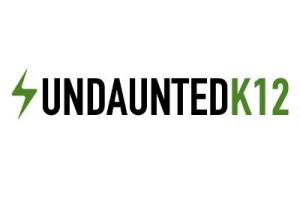
How Schools Can Use American Rescue Plan Funding to Ensure Healthy, Resilient Facilities
/resource/how-schools-can-use-american-rescue-plan-funding-ensure-healthy-resilient-facilities
Undaunted K12 and Center for Green Schools
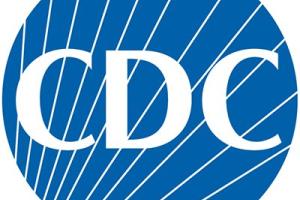
Operational Strategy for K-12 Schools through Phased Mitigation
/resource/operational-strategy-k-12-schools-through-phased-mitigation
Centers for Disease Control and Prevention
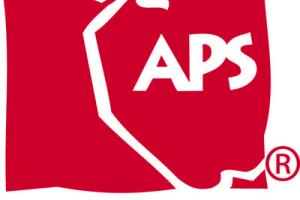
Sustainability Design Standards
/resource/sustainability-design-standards
Albuquerque Public Schools
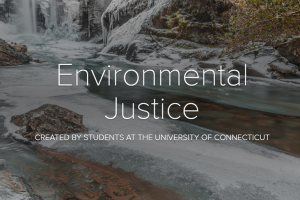
Environmental Justice Program
/resource/environmental-justice-program-0
University of Connecticut
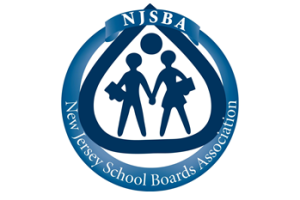
Sample School Sustainability Policy
/resource/sample-school-sustainability-policy-0
New Jersey School Board Association
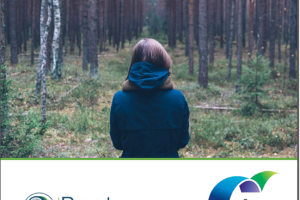
Turning the Page: A Behavior Change Toolkit for Reducing Paper Use
/resource/turning-page-behavior-change-toolkit-reducing-paper-use
AASHE & Root Solutions
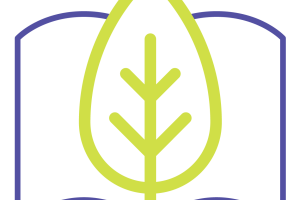
Outdoor Learning Quick Reference Guide
/resource/outdoor-learning-quick-reference-guide
Nature Based Education Consortium

Clean Energy Resolution 2020
/resource/clean-energy-resolution-2020
Salt Lake City School District

District Sustainability Page
/resource/district-sustainability-page
Fayette County Public Schools
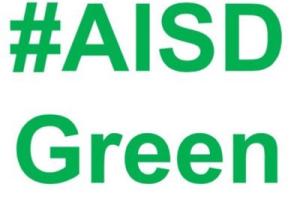
Comprehensive District Sustainability Webpage
/resource/comprehensive-district-sustainability-webpage
Austin Independent Schoold District
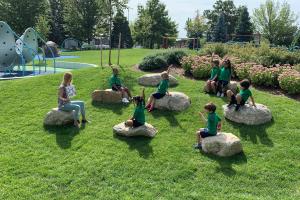
Sample Indoor and Outdoor Learning Environment Protocols During COVID-19
/resource/sample-indoor-and-outdoor-learning-environment-protocols-during-covid-19
Boulder Valley School District
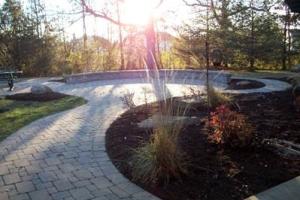
Sample Letter to Principals Regarding Use of Outdoor Space during COVID and Beyond
/resource/sample-letter-principals-regarding-use-outdoor-space-during-covid-and-beyond
Boulder Valley School District

A Systems Approach to Reducing Consumer Food Waste
/resource/systems-approach-reducing-consumer-food-waste
National Academies of Sciences, Engineering, and Medicine
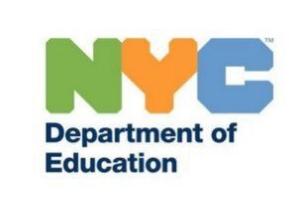
Race Against Waste Program
/resource/race-against-waste-program
New York City Department of Education
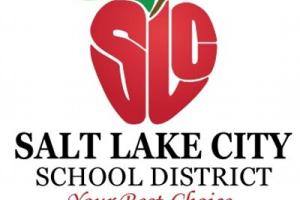
Green Cleaning Training Video Series
/resource/green-cleaning-training-video-series
Salt Lake City Unified School District

Guidance for K-12 Education on Responding to COVID-19
/resource/guidance-k-12-education-responding-covid-19
The National Academies of Sciences, Engineering, and Medicine
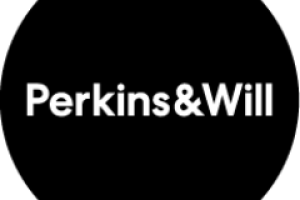
Road Map for Return: K-12 Education
/resource/road-map-return-k-12-education
Perkins & Will


